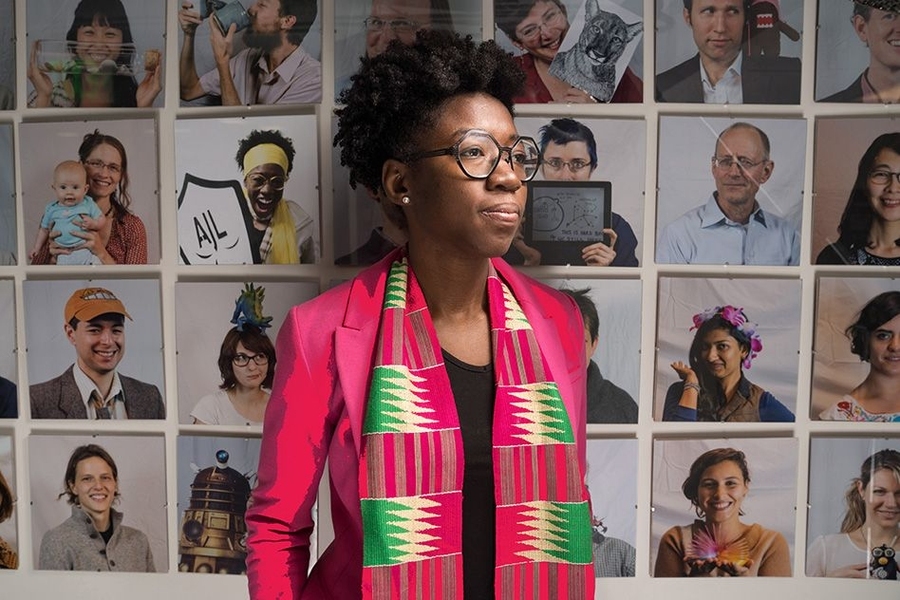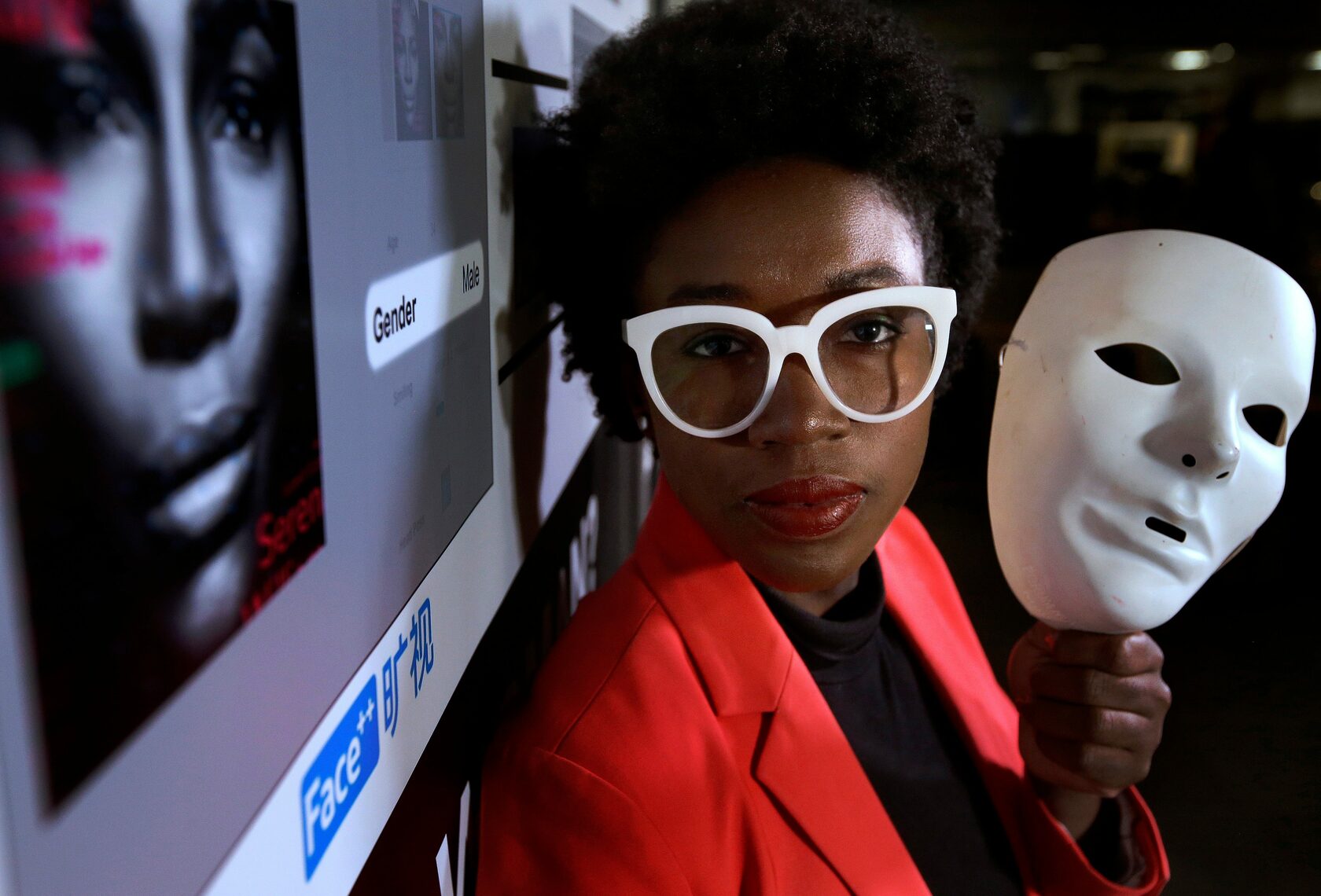We asked:
What are the implications of using artificial intelligence to identify skin color in an increasingly diverse society, and how can we ensure that these technologies are not used to perpetuate existing biases and prejudices?
The Gist:
As the use of Artificial Intelligence (AI) is becoming more prevalent, this article examines the potential for racial bias in the technology. The article looks at the potential for bias in facial recognition software and its implications. It cites a study done by Joy Buolamwini, a researcher at MIT, that found that facial recognition technology was more likely to misidentify darker skinned faces than lighter skinned faces. The article looks at the implications of this bias and how it could lead to further discrimination and inequality. It also looks at the work being done to combat this bias and the potential for regulation of the technology. The article concludes that further research is needed to ensure that AI is not used to perpetuate discrimination and inequality. The article emphasizes the importance of addressing this issue now, before AI becomes even more widespread.

How can artificial intelligence be developed to reduce racial bias towards people with darker skin tones?
Decoded:
In recent years, Artificial Intelligence (AI) has been proving itself to be an invaluable tool for various distinct industries. For example, self-driving cars increasingly dominate the commercial automobile industry, and AI-driven facial recognition systems are steadily replacing conventional security techniques.
However, recent research into the tech world has revealed that these types of AI-driven projects may be unfairly biased against people of darker skin or race. In a new study, researchers from MIT’s Media Lab have concluded that these biases against dark-skinned faces and people of color are real and must be addressed.
The greatest of problems with AI-driven projects is the input of image data that is used to train AI systems. Without sufficient, diverse data, AI analysis systems will likely form incorrect assumptions about a group of data. For example, if the majority of images used in facial recognition are of light-skinned people, the AI system will form a bias against dark skin.
Moreover, the algorithm used to process facial recognition data may lack a key understanding of the concept of different racial features. For example, if two people have the same facial features, but different skin colors, the AI system may not be able to distinguish them.
The MIT's Media Lab researchers have suggested an approach to directly address this issue: pairing a facial recognition software with a correction algorithm. This new algorithm would have the power to cancel out previous existing biases and judge correctly.
While this solution certainly has the potential to correct the bias, it presents its own set of problems. Will this correction be based around a single dominant race or ethnicity? Does this system leave the potential of opening the door to further biases, or just create a different type?
The truth is that we are only beginning to scratch the surface of this problem. When it comes to a solution, the power of education comes into play, with researchers and scientists tirelessly striving to continue to learn and understand both the technical and ethical implications of deploying AI in facial recognition projects. In addition, it is essential for researchers to continue to push for image data sets that are both diverse in skin tones, genders, and races.
Ultimately, AI has the potential to be an incredible tool for businesses, society, and the economy. However, if AI-driven projects ignore the important ethical considerations, then these tools will continue to be unreliable and excessively biased. Resolving these issues is an ongoing project and must be addressed in order to move towards an equitable, ethical, and unbiased use of AI.
However, recent research into the tech world has revealed that these types of AI-driven projects may be unfairly biased against people of darker skin or race. In a new study, researchers from MIT’s Media Lab have concluded that these biases against dark-skinned faces and people of color are real and must be addressed.
The greatest of problems with AI-driven projects is the input of image data that is used to train AI systems. Without sufficient, diverse data, AI analysis systems will likely form incorrect assumptions about a group of data. For example, if the majority of images used in facial recognition are of light-skinned people, the AI system will form a bias against dark skin.
Moreover, the algorithm used to process facial recognition data may lack a key understanding of the concept of different racial features. For example, if two people have the same facial features, but different skin colors, the AI system may not be able to distinguish them.
The MIT's Media Lab researchers have suggested an approach to directly address this issue: pairing a facial recognition software with a correction algorithm. This new algorithm would have the power to cancel out previous existing biases and judge correctly.
While this solution certainly has the potential to correct the bias, it presents its own set of problems. Will this correction be based around a single dominant race or ethnicity? Does this system leave the potential of opening the door to further biases, or just create a different type?
The truth is that we are only beginning to scratch the surface of this problem. When it comes to a solution, the power of education comes into play, with researchers and scientists tirelessly striving to continue to learn and understand both the technical and ethical implications of deploying AI in facial recognition projects. In addition, it is essential for researchers to continue to push for image data sets that are both diverse in skin tones, genders, and races.
Ultimately, AI has the potential to be an incredible tool for businesses, society, and the economy. However, if AI-driven projects ignore the important ethical considerations, then these tools will continue to be unreliable and excessively biased. Resolving these issues is an ongoing project and must be addressed in order to move towards an equitable, ethical, and unbiased use of AI.

Essential Insights:
Three-Word Highlights
Artificial Intelligence, Racial Bias, Dark Skin
Winners & Losers:
Pros:
1. Artificial Intelligence can help us to better understand how to reduce bias in our society.
2. AI can be used to identify and address potential discrimination in hiring and other areas.
3. AI can help to identify and correct potential biases in data sets.
Cons:
1. AI can perpetuate existing biases if the data sets used to train it are not carefully monitored.
2. AI can be used to create and spread misinformation about certain groups.
3. AI can be used to target vulnerable populations, such as people of color, with ads and other messages.
Bottom Line:
The bottom line is that bias in artificial intelligence technology is a real and pervasive problem, and it affects people of color disproportionately. Recent studies have found that facial recognition algorithms are more likely to misidentify people with darker skin tones than those with lighter skin tones. This has serious implications for the way technology is used in the criminal justice system and other areas of life, and it is an issue that needs to be addressed.
Ref.





